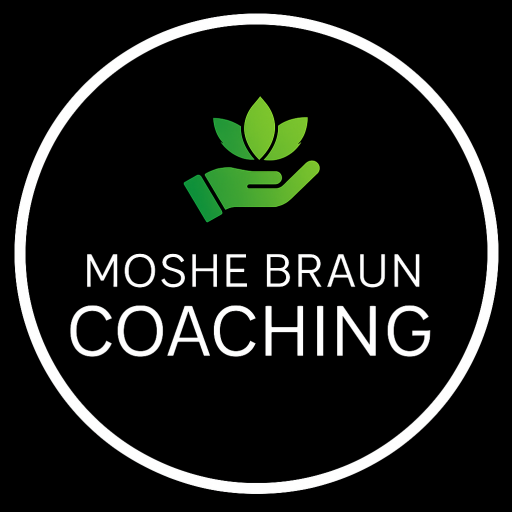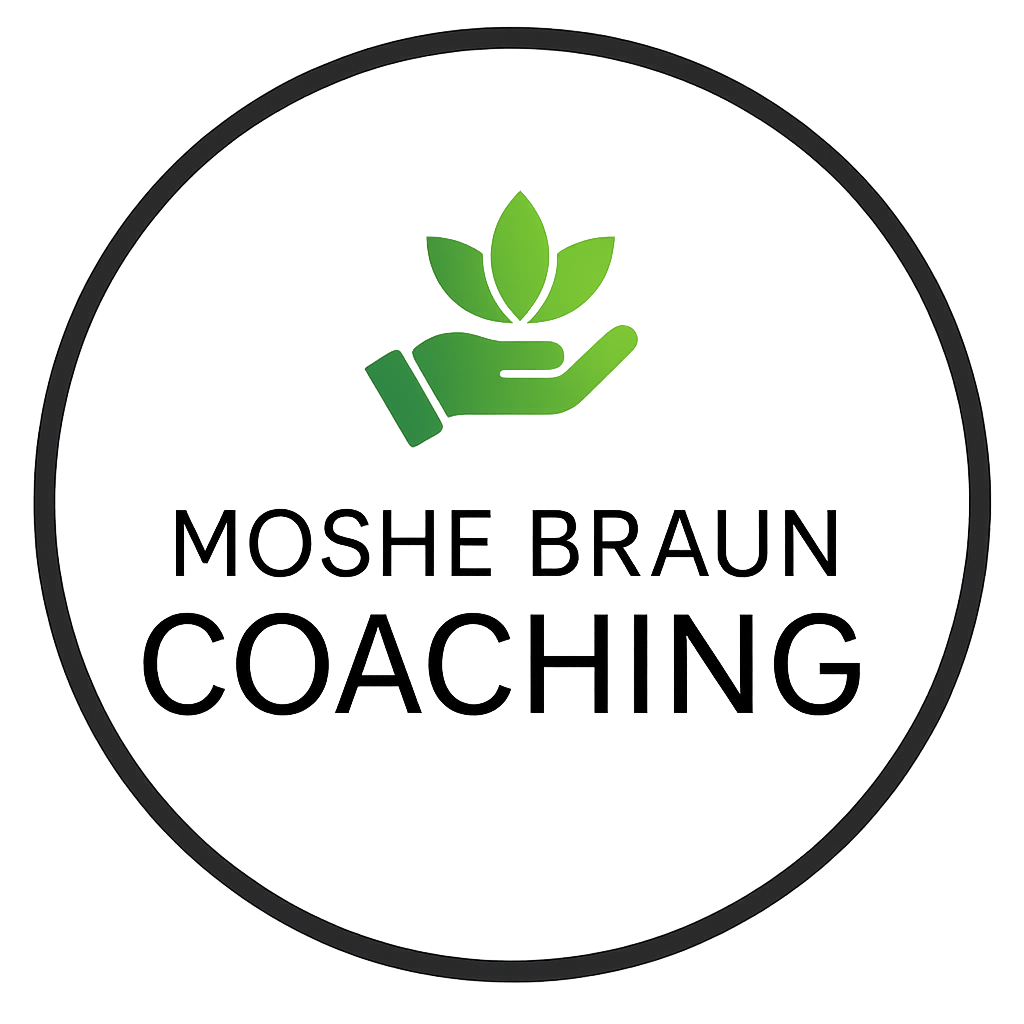
Emotionally Focused Therapy (EFT)
A Compassionate, Evidence-Based Approach to Relationship Healing
Overview
Emotionally Focused Therapy (EFT) is a structured, short- to medium-term form of psychotherapy developed in the 1980s by Dr. Sue Johnson and Dr. Les Greenberg. Rooted in attachment theory, EFT focuses on strengthening emotional bonds in romantic relationships, family dynamics, and even individual therapy by addressing core emotional needs and patterns of disconnection.
EFT helps individuals and couples identify negative interaction cycles, understand the underlying emotions driving those cycles, and create new, secure emotional connections. This approach is especially effective for couples in distress, individuals experiencing attachment wounds, and families seeking emotional reconnection.
Core Principles of EFT
-
Attachment-Based:
EFT is grounded in attachment theory, which views emotional connection as a basic human need. When that connection feels threatened, people often react in self-protective ways—distancing, blaming, shutting down, or pursuing—which can harm relationships. -
Emotion-Focused:
EFT helps clients access, express, and regulate deep primary emotions (such as fear, shame, sadness, and longing) instead of remaining stuck in secondary emotions (such as anger or defensiveness). This emotional awareness is the catalyst for healing and reconnection. -
Experiential and Systemic:
The therapy works both internally (within the client) and interpersonally (between people) to shift patterns and build a stronger emotional foundation.
How EFT Works
EFT is typically structured into three stages:
Stage 1: De-escalation
-
Identify the negative cycle (e.g., pursue-withdraw, attack-defend) that keeps the couple or individual stuck.
-
Understand how each partner’s behaviors and emotions feed into the cycle.
-
Reframe the problem as a relational pattern, not a personal flaw.
Stage 2: Restructuring Interactions
-
Help clients access underlying attachment needs and fears (e.g., “I feel alone when you pull away.”)
-
Encourage safe, emotionally vulnerable communication.
-
Foster new responses that promote closeness, empathy, and responsiveness.
Stage 3: Consolidation and Integration
-
Solidify new interaction patterns.
-
Support clients in applying these patterns to future conflicts.
-
Strengthen emotional security and resilience in the relationship.
Who Can Benefit from EFT?
-
Couples experiencing conflict, distance, infidelity, or communication breakdown
-
Individuals with attachment trauma, relational wounds, or emotional regulation difficulties
-
Families coping with disconnection, grief, transitions, or longstanding patterns of hurt
-
People seeking to build emotional intimacy and secure bonds in their relationships
Effectiveness and Recognition
-
EFT has a 75–90% success rate in improving couple relationships.
-
It is one of the most empirically supported couple therapies worldwide.
-
Recognized by the American Psychological Association (APA) and endorsed by international bodies.
-
Long-term follow-up studies show lasting improvements in satisfaction and emotional connection.
Key Outcomes of EFT
-
Increased emotional safety and connection
-
Improved communication and conflict resolution
-
Healing from attachment injuries and betrayal trauma
-
Strengthened trust, intimacy, and bonding
-
Greater self-awareness and emotional regulation
What EFT Is Not
-
It is not about blame or assigning fault.
-
It is not traditional talk therapy focused solely on logic or advice-giving.
-
EFT works with the emotional heart of the matter, where transformation happens.



